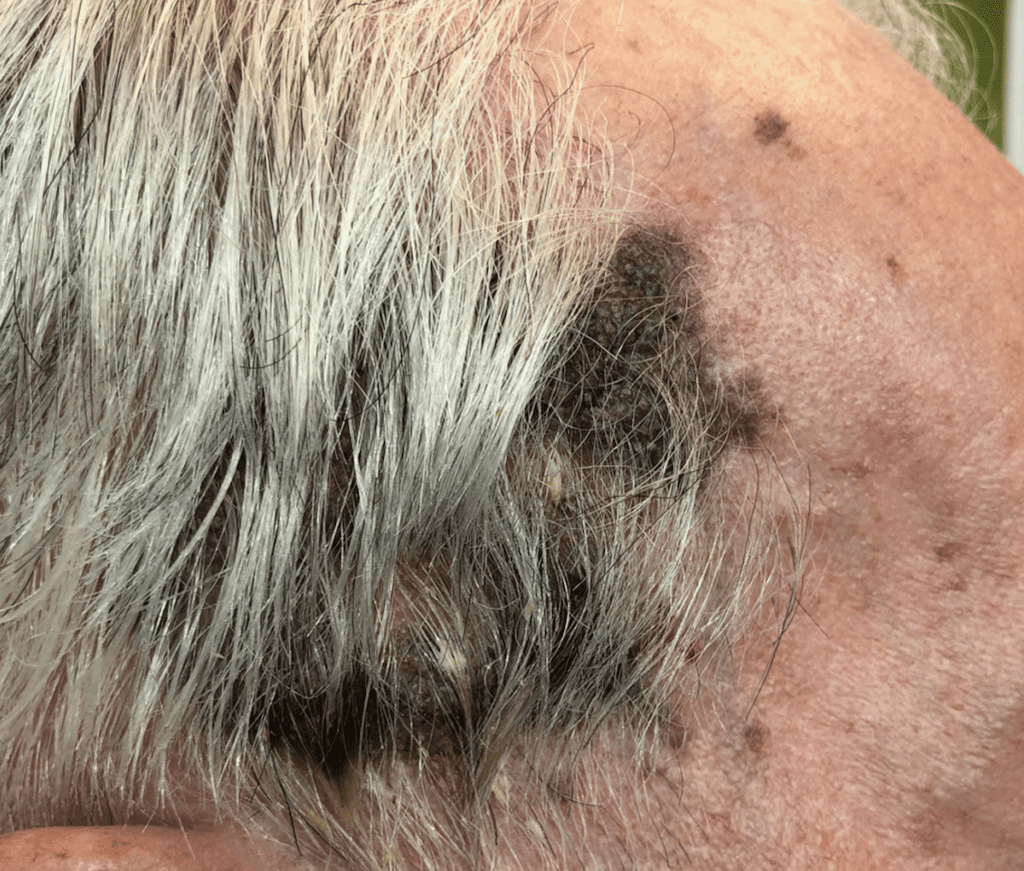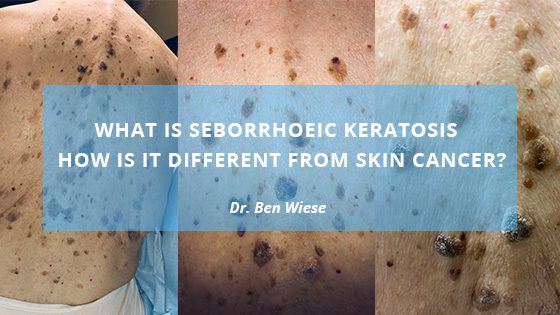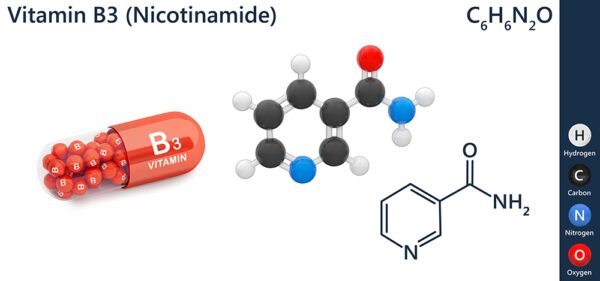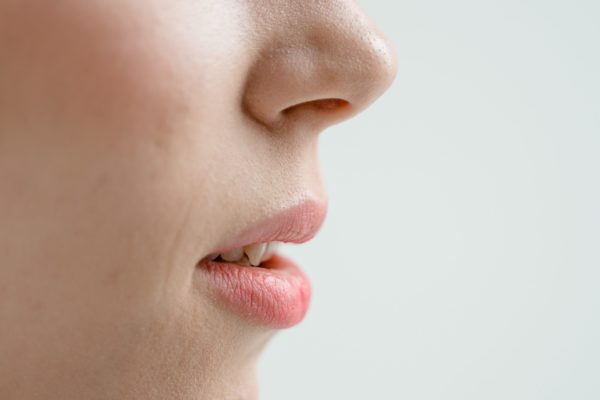It’s understandable that many people closely monitor their skin for any changes in suspicion of skin cancer. However, not all moles, spots and rashes are cancerous. Only about 5% of all new cancer cases in North America are melanoma, and seborrhoeic keratosis is what we see in our office most of the time. In this article, we look at the different between seborrhoeic keratosis and skin cancer.
What is seborrhoeic keratosis?
Seborrhoeic keratosis (also known as seborrhoeic warts) is benign growths due to a build-up of skin cells. SK is very common, harmless, often pigmented, growths on the skin. They usually appear on older adults as they age and are non-cancerous. A seborrheic keratosis typically appears as a brown, black or light tan growth on different parts of the body. It can often be found on the face, chest, back and shoulders. It has a slightly elevated appearance and may appear waxy as if it was “pasted” on the body. A lot of people initially mistake them for unusual-looking scabs. It is common to develop several SK growth, but some people would have just one.

Seborrhoeic keratosis vs. skin cancer
Seborrhoeic keratoses do not lead to cancer and are not a form of pre-cancer. An experienced doctor may be able to distinguish skin cancer from seborrhoeic keratosis with a visual examination. The typical seborrhoeic keratoses are flat, painless and waxy, while skin cancer tends to change and grow over time. Thus, if you see a growth that resembles seborrhoeic keratosis, but it changes and becomes larger as time goes by, you should consult your doctor.
What causes seborrhoeic keratosis?
Although the exact causes of SK are unknown, it is believed that sun exposure may increase the chances of developing seborrhoeic keratosis. Some people may inherit the tendency to develop SK from their parents, so genetics may play a role. However, it is not contagious and doesn’t spread from contact with someone who might have an SK.
Symptoms and treatment
Seborrhoeic keratoses aren’t painful and do not require any particular treatment. Here are some of the characteristics of seborrhoeic keratosis:
- SK has a rough surface and appears waxy
- They range in colour from golden brown to almost black
- Small flat SK can often become more raised and larger as the years go by.
- Their size varies from less than one centimetre to several centimetres across.
- Once present, they usually stay, and new ones often appear over the years.
Be careful not to rub, scratch or pick at them as it can lead to bleeding, swelling and, in rare cases, infection.
Because they are typically harmless, no treatment is necessary. However, some people don’t like their appearance and may wish to remove them. They can also become bothersome depending on their location. The most common way to remove them is by freezing the growth with liquid nitrogen. In some instances, they can also be removed by cutting them off under a local anaesthetic.
Treatment for Bothersome SK’s:
- Urea 25% cream, apply 2-3 times per day.
- Salicylic Acid, 8%, apply every morning and evening.
When to see a doctor
Seborrhoeic keratosis may develop at any age, but they usually appear as the person gets older. Always contact your doctor if you notice any unusual pigmented spots that change in any way and become itchy or inflamed.




